Description
By Francine Prose
Translated by: Genkin, V.
The town of Plotchnik hasn’t had a drop of rain in forty days. But the town’s humble shoemaker, Poor Schmuel, has the power to command rain and much more. What makes him so extraordinary? Nobody, including the town elders, can explain it until one nightthe Rabbi has a very strange dream…. Francine Prose and Mark Podwal bring to life with wit and flavor another Jewish legend in this tale of Schmuel and the holy Lamed-vavniks.
From the author:
The basis of this book went to an old legend about the Lamed- vavnikah.
According to her, in every moment , in every generation, the world unknown to all the righteous live thirty six ( Lamed -Vav in Hebrew just means ” thirty six “).
They never make themselves known until those who live near them, not in danger , and when the threat disappears – and these people disappear.
And if you ever happen to that generation living on earth that would be worthy of one of these thirty-six hidden saints will be the Messiah.
From Publishers Weekly
Jewish tradition inspires this original tale about Schmuel the shoemaker, called Poor Stupid Schmuel by the townsfolk of Plotchnik because of his habit of forgetting to charge his customers. When a 40-day (and 40-night) drought threatens the town, the rabbi and other worthies pray for rain, but only when Schmuel prays does rain indeed fall. The rain continues for another 40 days and nights; once again, only Schmuel’s prayers restore balance. A dream shows the rabbi that Schmuel is one of the 36 righteous men who, according to legend, are born to every generation (lamed-vav is Hebrew for 36). But when the townspeople go to Schmuel’s shop, he has disappeared: a Lamed-vavnik’s identity must remain secret. As in their previous Jewish folktales Dybbuk and The Angel’s Mistake, Prose and Podwal bring an unusual agility to their work. The text unspools its mystical themes within familiar groovesAa butcher, baker and candlestick maker join their prayers to those of the rabbi; the wind howls and a cold wind blows out the lamps and candles as the congregants beg God to stop the rain. And even when depicting the downpour, Podwal’s art Aspontaneous in its lines, Chagallian in its referentsAfeels light and springlike. Fresh and memorable. Ages 5-up.
From School Library Journal
While this legend is of Jewish origin, the ideals of righteousness and equality among human beings (wealthy and poor, learned and simple) are inherent in many religious and cultural teachings throughout the world. Poor Schmuel, the town cobbler of Plotchnik, has a reputation for doing stupid things, which are actually acts of kindness. When a drought threatens the town, he alone is able to communicate with God, first bringing rain and then making the rain cease. The Rabbi eventually realizes that Schmuel is a Lamed-vavnik, one of the 36 righteous individuals living in the world who do good deeds. As the legend goes, once their existence is discovered, they disappear. And so it is with Schmuel. Prose, who cites several sources, uses the simple style of the storyteller to tell this tale, which makes it an excellent read-aloud. By successfully avoiding a heavy-handed lesson, she allows children to discover the meaning for themselves. Podwal uses gouache and colored pencils to create both the smeary look of oils and the flatness of tempera. His abstract paintings are done primarily in earthy tones of brown and sky blue, and the pictures are filled with representations of Jewish symbols. Despite these images, however, this accessible tale has universal appeal and will provide enjoyment as well as food for discussion.
Francine Prose is the author of sixteen books of fiction. Her novel A Changed Man won the Dayton Literary Peace Prize, and Blue Angel was a finalist for the National Book Award. Her most recent works of nonfiction include the highly acclaimed Anne Frank: The Book, The Life, The Afterlife, and the New York Times bestseller Reading Like a Writer. A former president of PEN American Center, and a member of the American Academy of Arts and Letters and the American Academy of Arts and Sciences, Francine Prose lives in New York City.
Published: 2011
Format: 7×10, Hardcover, 24 pp.
ISBN: 978-5-7516-0957-3
Language: Russian
Разве угадаешь… Легенда о Ламед-вавниках
Автор Франсин Проуз
Сорок дней городок Плочник не видел дождя. Пересохли реки и озёра, коровы мучились от жажды и не давали молока.
Но сапожник Шмуэль сумел поправить дело и вызвать долгожданный дождь. Раввин и все уважаемые жители Плочника очень удивились — ведь Шмуэль казался совсем глупым, он и молиться толком не умел. Откуда же у бедного сапожника такая власть? Никто не мог этого понять, пока однажды раввину не приснился странный сон…
Американская писательница Франсин Проуз и художник Марк Подвал разгадали тайну Шмуэля, тайну святых Ламед-вавников. и пересказали эту старинную легенду в книге, которую теперь смогут прочитать и дети, и взрослые.
В серии «Кешет-Радуга» выходила книга Ф.Проуза «Дибук. История, случившаяся на небесах» (2010).
От автора:
В основу этой книжки легла старинная легенда о Ламед-вавниках.
Согласно ей, в каждую минуту, в каждом поколении на свете в тайне от всех живут тридцать шесть праведников (ламед-вав на иврите как раз означает «тридцать шесть»).
Они никогда не дают о себе знать, пока тем, кто живёт рядом с ними, не угрожает опасность, а когда угроза исчезает — исчезают и эти люди.
А если когда-нибудь случится, что живущее на земле поколение окажется того достойным, один из этих тридцати шести тайных святых станет Мессией.
Эта же легенда вдохновила французского писателя Андре Шварц-Барта на создание его знаменитого романа «Последний из праведников». Согласно автору, эти скромные, незаметные люди столь любимы Богом, что, когда кто-то из них возносится на Небеса, Господь переводит стрелку часов, отмеряющих время до дня Последнего суда, на одну минуту вперёд. «Ламед-вавники — это сердца рода человеческого, и в них, словно в один общий сосуд, изливаются все наши беды», — пишет Шварц-Барт. Напоследок заметим, что общее число свечей, которые мы зажигаем во время праздника Хануки, равняется тридцати шести — и это призвано укрепить нашу веру в Ламед-вавников.
Only logged in customers who have purchased this product may leave a review.

![You Never Know: A Legend of the Lamed-vavniks [Разве угадаешь... Легенда о Ламед-вавниках]](https://e9dtcjviczt.exactdn.com/wp-content/uploads/2023/12/razve-ugadaesh.jpg?strip=all&lossy=1&ssl=1)
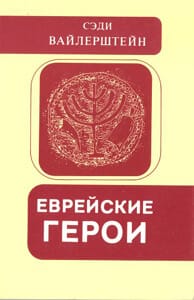
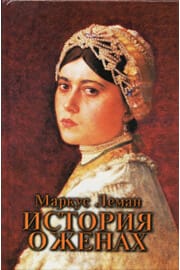

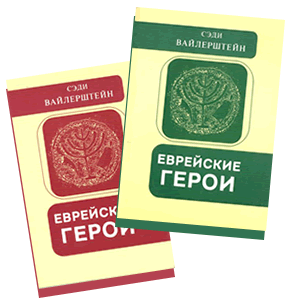
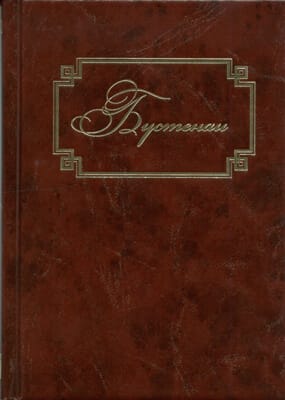
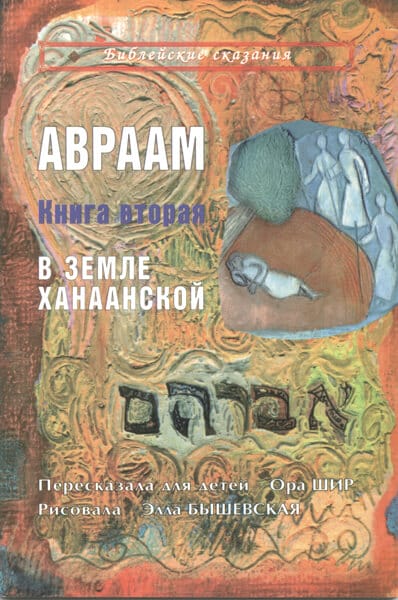
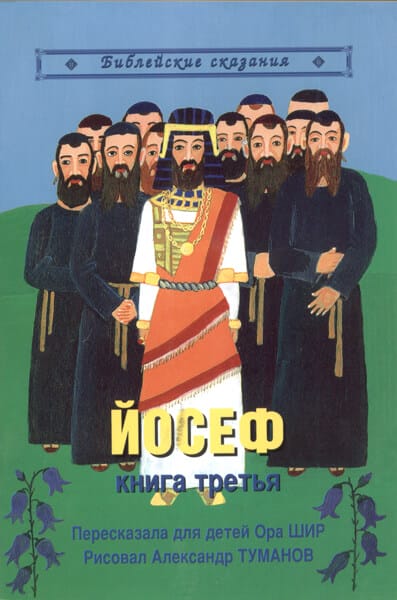
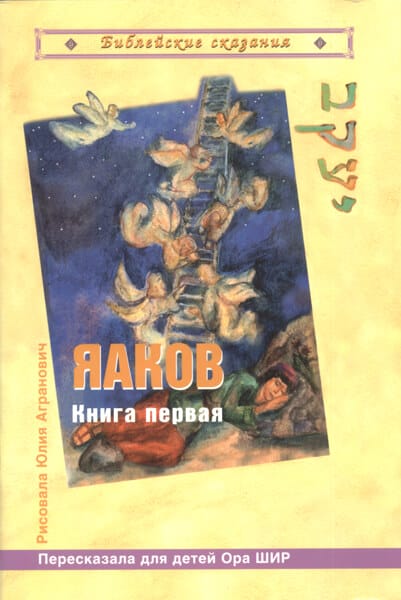
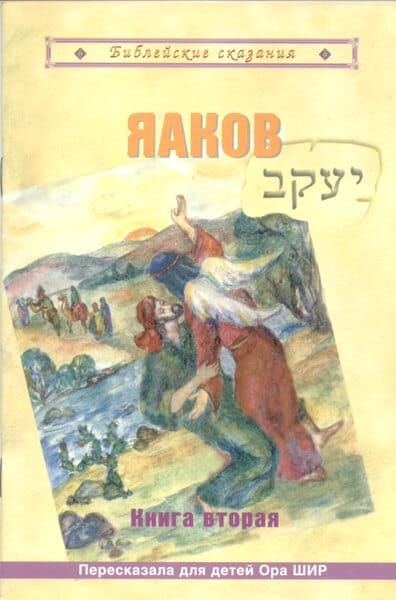
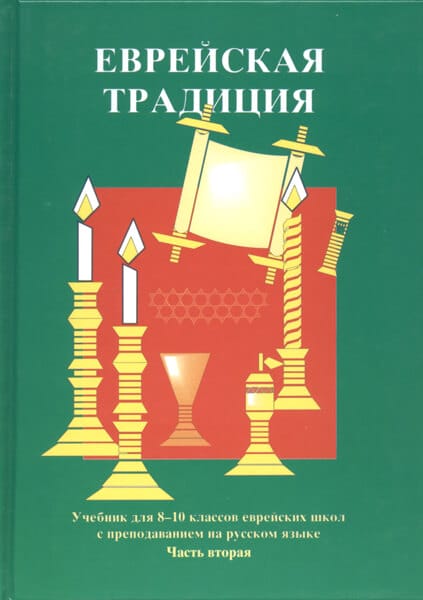
Reviews
There are no reviews yet.